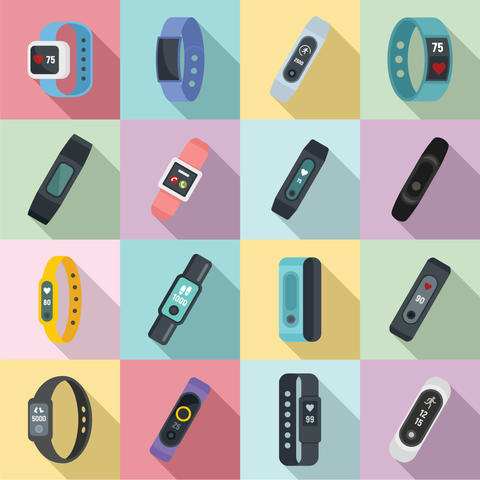Wearable devices to identify and predict flares of inflammatory bowel diseases (IBD)
Hirten RP et al, Gastroenterology. 2025;168(5):939-951.e5
Longitudinally collected physiological metrics from standard wearable devices such as heart rate, heart rate variability or resting heart rate as well as mobility identify IBD flares, even several weeks prior to the flare, suggesting their feasibility to monitor and predict IBD activity.
Background and aims: Wearable devices capture physiological signals noninvasively and passively. Many of these parameters have been linked to inflammatory bowel disease (IBD) activity. The authors evaluated the associative ability of several physiological metrics with IBD flares and how they change before the development of flare.

Methods: Participants throughout the United States answered daily disease activity surveys and wore an Apple Watch (Apple), Fitbit (Google), or Oura Ring (Oura Health). These devices collected longitudinal heart rate (HR), resting heart rate (RHR), heart rate variability (HRV), steps, and oxygenation. C-reactive protein, erythrocyte sedimentation rate, and fecal calprotectin were collected as standard of care. Linear mixed-effect models were implemented to analyze HR, RHR, steps, and oxygenation, and cosinor mixed-effect models were applied to HRV circadian features. Mixed-effect logistic regression was used to determine the predictive ability of physiological metrics.
Results: 309 participants were enrolled across 36 states. Circadian patterns of HRV differed significantly between periods of inflammatory flare and remission and symptomatic flare and remission. Marginal means for HR and RHR were higher during periods of inflammatory flare and symptomatic flare. There were fewer daily steps during inflammatory flares. HRV, HR, and RHR differentiated whether participants with symptoms had inflammation. HRV, HR, RHR, steps, and oxygenation were significantly altered up to 7 weeks before inflammatory and symptomatic flares.
Conclusions: Longitudinally collected physiological metrics from wearable devices can identify and change before IBD flares, suggesting their feasibility to monitor and predict IBD activity.